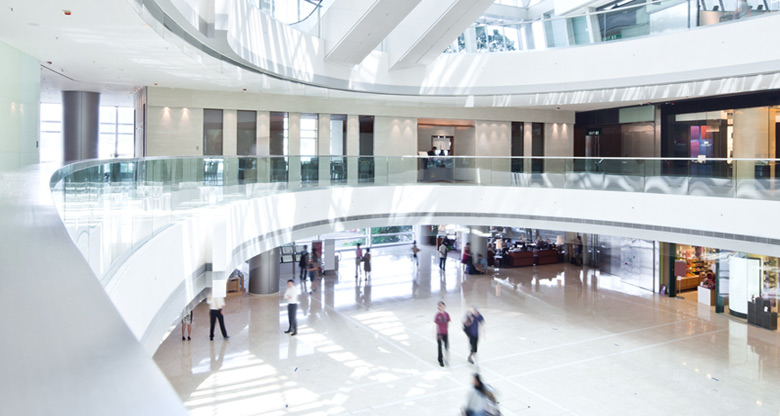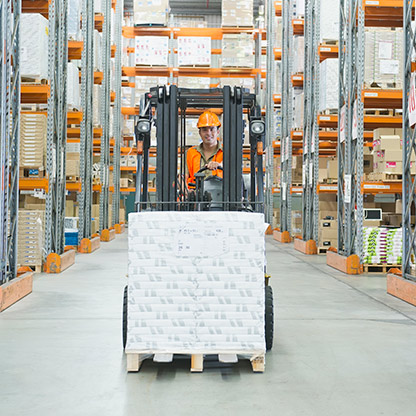The various lockdowns across Australia over the last 17 months have had positive and negative impacts on core commercial property assets and sectors overall. The experience tells us something about how commercial property may recover from the latest series of lockdowns.
First, lockdowns have impacted those businesses which occupy commercial property, especially small business – those with a heavier reliance on short-term cash-flow. Retail property has been most impacted here, with thousands of retail outlets closed intermittently and reliant only on online shopping, if possible.
Some stores have not re-opened and this has pushed retail vacancy rates up in areas of greatest impact, such as CBDs and in the very largest shopping centres. CBD retail, for example, has seen its specialty retail vacancy rate across Australia increase to 12.5% against a long-run average of 5.1%. This has impacted on rents with Australian prime CBD retail (average weighted) rents decreasing 11% over the past year to June 2021.

Retail had been undergoing structural changes before the pandemic hit, with the growth of online retail noticeably accelerating during the lockdowns, especially in areas of discretionary spending, such as clothing and footwear.
In contrast, trading in supermarkets and in large format retail (with tenants such as Officeworks, Harvey Norman and JB Hi-Fi) have boomed. As a result, the property indicators have all improved. With vacancy rates kept in check for neighbourhood centres and large format tetail, this has led to slight increases in average gross rents and a tightening in cap rates for both these sub-sectors.
The work-from-home phenomenon has made the future of the office of personal interest to many. Yet, free from lockdowns in the first half of 2021, 10 of the 19 monitored office submarkets around Australia experienced an expansion in occupied space, as did the sum of all these submarkets. This expansion will now stall during the current lockdowns, but it showed when conditions are right, the office remains in demand and ready to return as a central part of Australia’s economy.
Ironically, it’s the completion of 1.2 million square metres of new office space over the last 18 months which has had the bigger impact, especially in Melbourne and Sydney. It’s pushed vacancy to the highest level in 30 years. This has lifted leasing incentives offered by owners, although face rents remain stable for now.
This competitive office market is causing a ‘flight-to-quality’, as tenants relocate to newer premises; a process which will prolong the 3-5 year recovery expected in the sector. For owners of secondary grade offices, being exposed to vacant space in the short-term may lead to long lease-up periods and the need to provide a high level of leasing incentives, potentially putting pressure on cash-flow.
Meanwhile, the other core commercial property sector, industrial, is doing very well overall. The pandemic has heightened the need for efficient supply-chains, driving demand for more warehouse space and pushing rents and values ever higher. Small business, though, in smaller industrial units, may also be feeling the pressures of the lockdown on their business volumes and property owners need to be sensitive to the prospects for these tenants.
Despite the short and longer term impact the lockdowns have had or are having on the fundamentals of commercial property, investors continue to weigh into the sector at an increasing rate and prices overall remain elevated.
As is often the case, capital markets are moving ahead of fundamentals, but investors (and financiers) need to be aware of those pockets of commercial property where the fundamentals are weak and will take time to recover, such as those mentioned above and treat these carefully.
Now more than ever, the business strength of the tenant and the terms of a lease are of critical importance in gaining comfort around a medium term view of asset performance, to a time when widespread vaccinations can return commercial property to business as usual.




